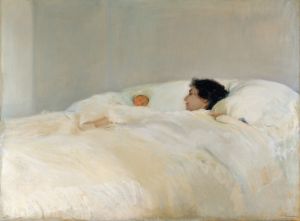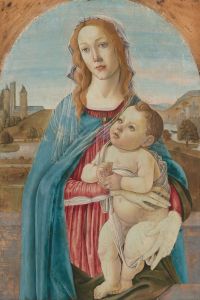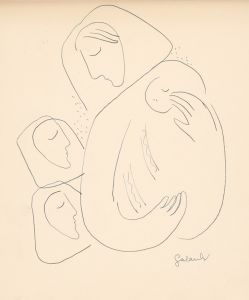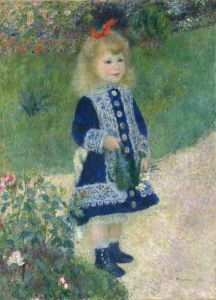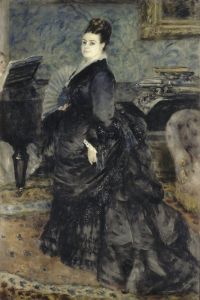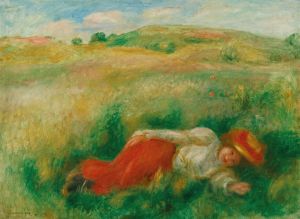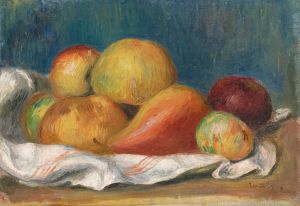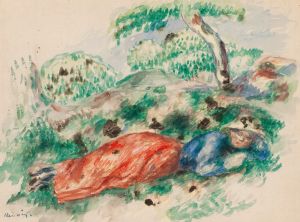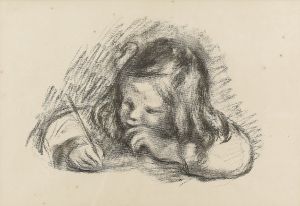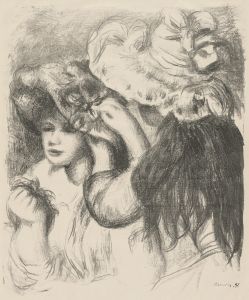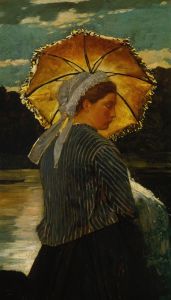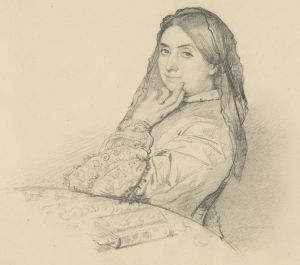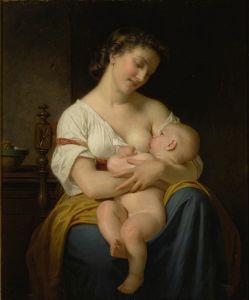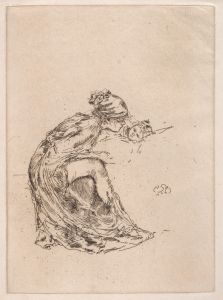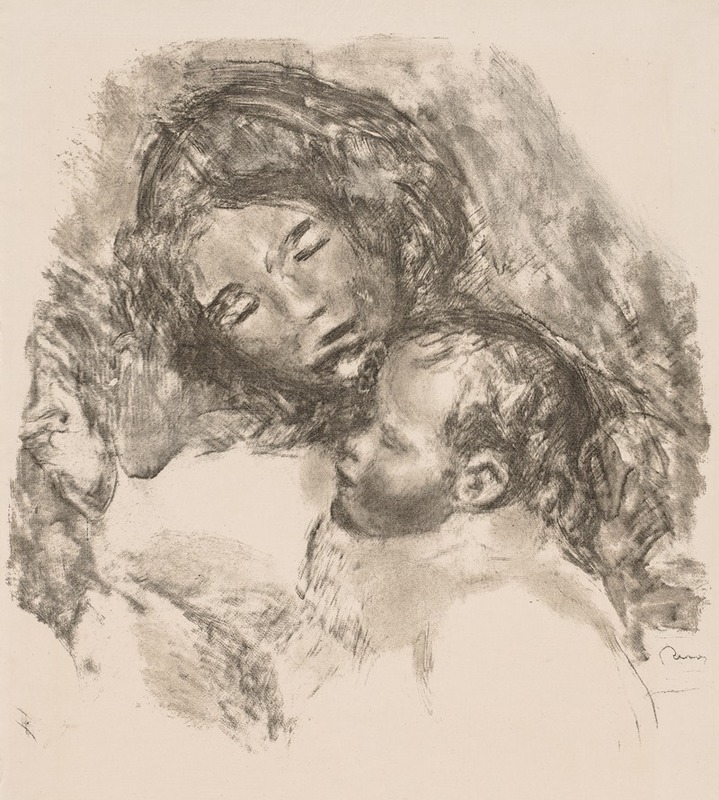
Motherhood
A hand-painted replica of Pierre-Auguste Renoir’s masterpiece Motherhood, meticulously crafted by professional artists to capture the true essence of the original. Each piece is created with museum-quality canvas and rare mineral pigments, carefully painted by experienced artists with delicate brushstrokes and rich, layered colors to perfectly recreate the texture of the original artwork. Unlike machine-printed reproductions, this hand-painted version brings the painting to life, infused with the artist’s emotions and skill in every stroke. Whether for personal collection or home decoration, it instantly elevates the artistic atmosphere of any space.
Pierre-Auguste Renoir, a leading figure in the Impressionist movement, is renowned for his vibrant light and saturated color, often focusing on people in intimate and candid compositions. One of his notable works is "Motherhood," which exemplifies his interest in domestic scenes and the tender relationships between mothers and their children.
"Motherhood" is an oil painting created by Renoir in the late 19th century, a period when he was deeply engaged with themes of family and domestic life. This painting is part of a broader series of works where Renoir explored the theme of maternity, capturing the intimate bond between mother and child with warmth and sensitivity. The painting is characterized by Renoir's signature soft brushwork and his ability to capture the gentle nuances of light and shadow, which imbue the scene with a sense of tranquility and affection.
In "Motherhood," Renoir depicts a mother tenderly holding her child, a composition that highlights the emotional connection and the serene, nurturing aspect of the maternal role. The figures are often enveloped in a soft, diffused light, which enhances the intimate atmosphere of the scene. Renoir's use of color is particularly noteworthy; he employs a palette that is both rich and delicate, with warm tones that convey a sense of comfort and security.
Renoir's interest in the theme of motherhood can be attributed to several factors, including his own experiences as a father and his appreciation for the everyday moments of life. During this period, Renoir was moving away from the more spontaneous brushwork of his earlier Impressionist works, seeking instead a more structured and classical approach to composition. This shift is evident in "Motherhood," where the figures are rendered with a greater sense of volume and solidity, yet still retain the softness and fluidity characteristic of Renoir's style.
The painting reflects Renoir's admiration for the works of the Old Masters, particularly the way they captured the human form and the subtleties of human emotion. Renoir was known to have studied the works of artists such as Raphael and Rubens, and their influence can be seen in the harmonious composition and the tender depiction of the figures in "Motherhood."
"Motherhood" is housed in various collections around the world, as Renoir's works are widely distributed in both public and private collections. His paintings continue to be celebrated for their beauty and emotional depth, and "Motherhood" is no exception. It stands as a testament to Renoir's ability to capture the essence of human relationships and the simple, yet profound, moments of everyday life.
Renoir's exploration of motherhood not only highlights his technical skill and artistic vision but also his deep appreciation for the themes of love, care, and familial bonds. Through "Motherhood," Renoir invites viewers to reflect on the universal experience of maternal love, rendered with a timeless elegance that continues to resonate with audiences today.





